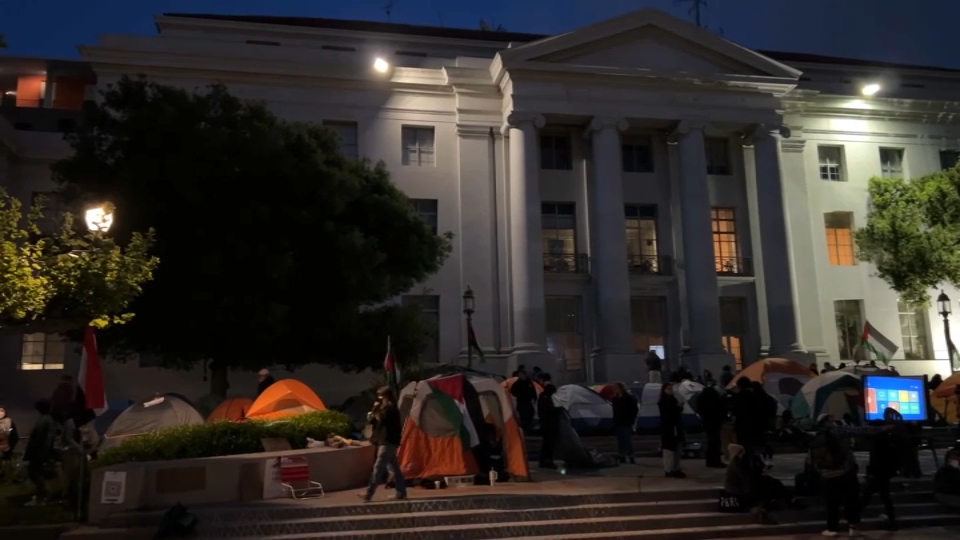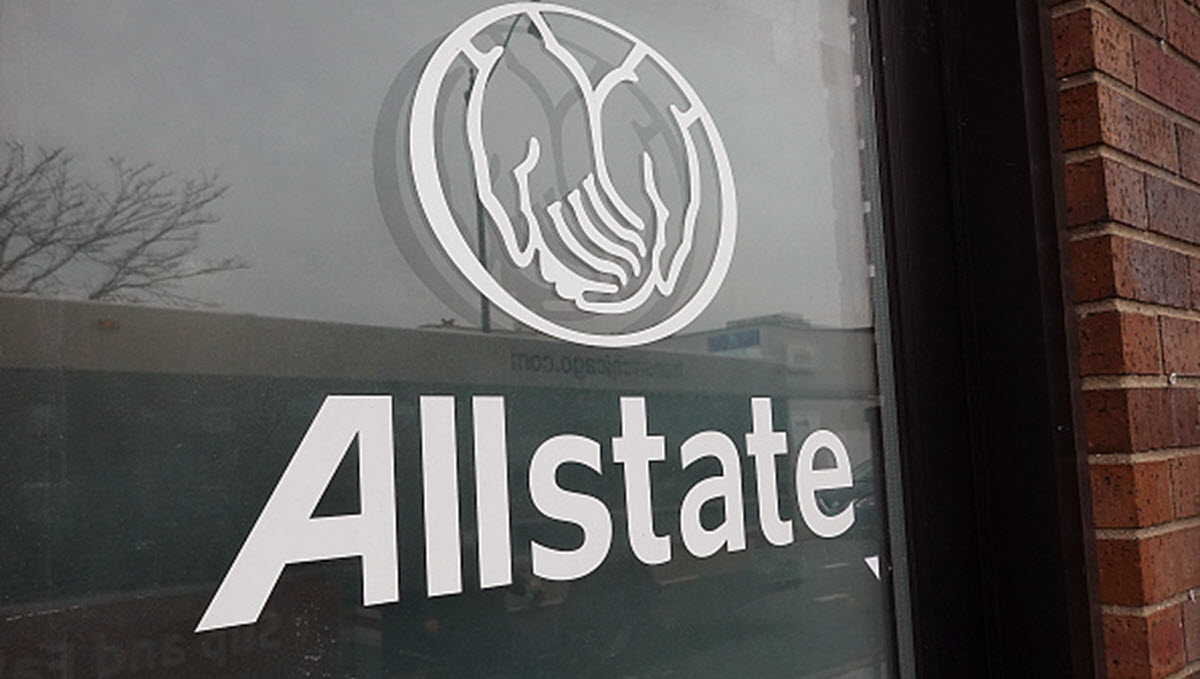Will Redwood City, Palo Alto and Millbrae residents all get to board high-speed rail from stations located in their own communities?
That is one of the questions the California High Speed rail Authority hopes to determine in a series of public "scoping" meetings this month.
The state agency announced Monday that it plans to build tracks for the high speed rail between San Francisco and San Jose along the Caltrain rail right-of way.
According to the announcement, future stations are already proposed in San Francisco, Millbrae and San Jose, and potential stations may be located in Redwood City or Palo Alto.
The authority is preparing an environmental impact report for the San Francisco to San Jose leg of the rail system. Technical studies, impact analysis and "mitigation measures" for the route are part of that.
"Planned scoping meetings along the proposed corridor will give members of the public and public agencies an opportunity to learn more about the project, ask questions and provide input," the rail authority said in a statement Monday.
The public meetings take place from 3 p.m. to 8 p.m. on each of the following days:
Local
San Mateo County Meeting
January 22, 2009
SamTrans Auditorium
1250 San Carlos Avenue
San Carlos, CA
San Francisco County Meeting
January 27, 2009
San Francisco State University
835 Market Street, 6th Floor (Rooms 673 & 674)
San Francisco, CA
Santa Clara County
January 29, 2009
Santa Clara County Convention Center
5001 Great America Parkway
Great America Meeting Rooms 1 & 2
Santa Clara, CA
When the high-speed rail system is complete, it is expected to cover 800 miles and reach speeds of up to 220 mph.
By linking all major cities in California with the new transportation option, the rail authority said it hopes to "increase mobility while cutting air pollution and reducing the greenhouse gas emissions that cause global warming."
Rail authority officials claim that building the rail network would cost much less than freeway or aviation alternatives.
They also claim the system, when it is running, will create an annual surplus of $1 billion. Planners have said the system could cost more than $50 billion to build.



